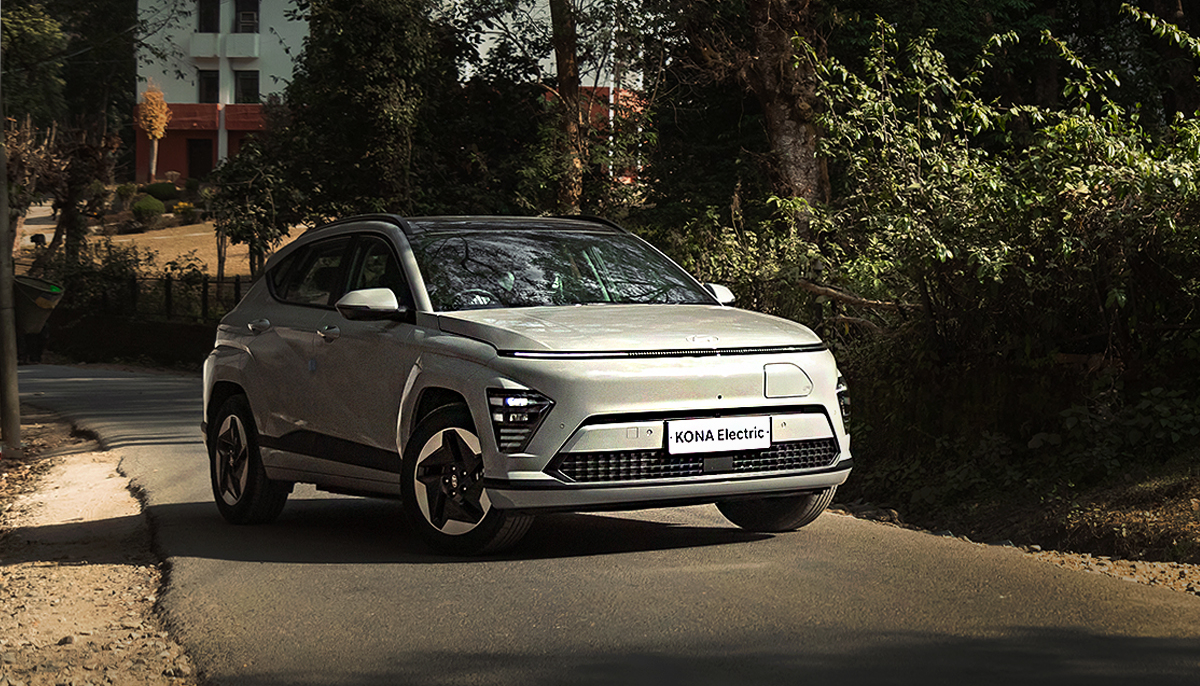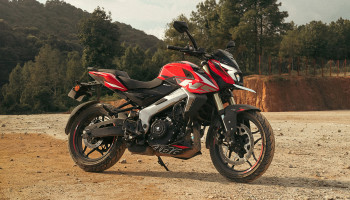The Hyundai Kona Electric has long been a beloved choice in Nepal, with previous iterations earning widespread acclaim for their performance, practicality, and value. However, the latest model, despite being launched internationally over a year ago, has taken its time to arrive on Nepali roads. Now, just a handful of units are here, primarily reserved for embassy use, leaving eager customers hoping and waiting.
However, a lot has changed since Kona’s absence from the Nepali market. The automotive landscape here has undergone a seismic shift, with Chinese EVs surging in popularity. They’ve captivated attention and dominated sales with their cutting-edge technology, futuristic designs, bucketloads of features, and competitive pricing.
We managed to get our hands on one for a few precious hours, which gave us a chance to explore what this latest iteration offers and whether it lives up to its legacy.
The question now is whether the new Kona Electric can reclaim its spotlight and carve a space in this crowded, fast-evolving segment—or if the Chinese EVs have raced too far ahead for anyone to catch up.
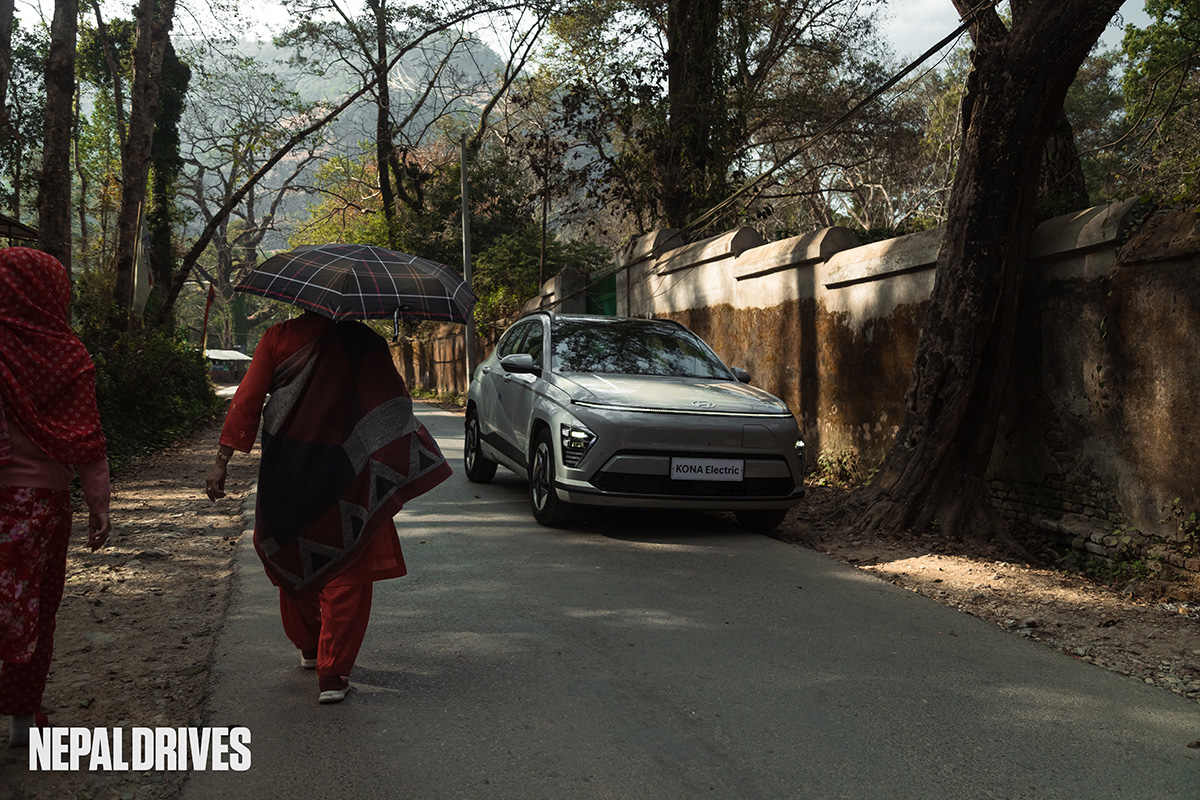
Let’s talk about how the new Hyundai Kona Electric looks.
The new Kona Electric feels like it has grown up. Compared to its predecessor, it’s not just bigger—it’s bolder. With dimensions of 4,356 mm in length, 1,826 mm in width, and 1,575 mm in height, it’s larger in every way, giving it more presence on the road. While the old model had a cute and feisty charm, this new version looks smarter, more mature, and a little edgier, but without trying too hard to stand out.
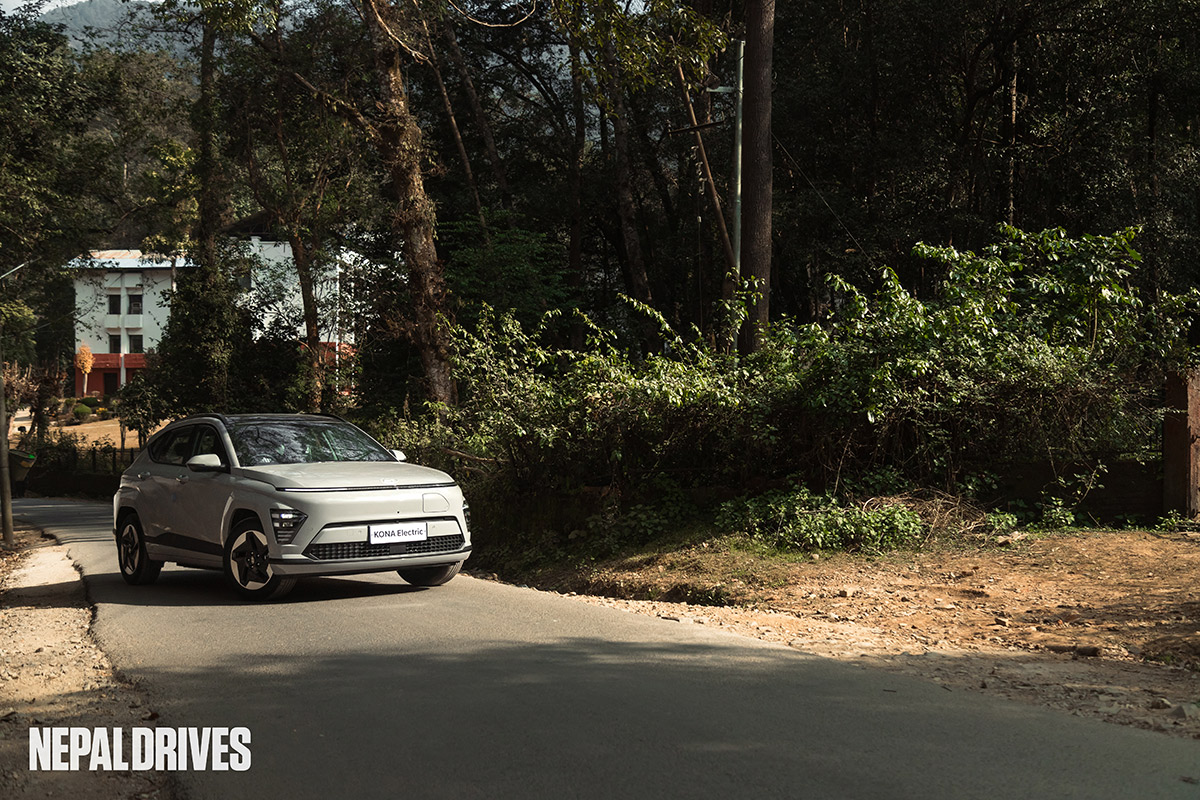
At the front, the design is sleek and clean. A slim LED light bar stretches across the width, giving it a futuristic vibe. The LED headlights sit neatly on either side, and the smooth nose houses a large Hyundai logo in the center. The charging port is on the driver’s side—a practical spot, though having it at the back might have been more convenient. A subtle air dam at the bottom adds a hint of sportiness without being over the top.
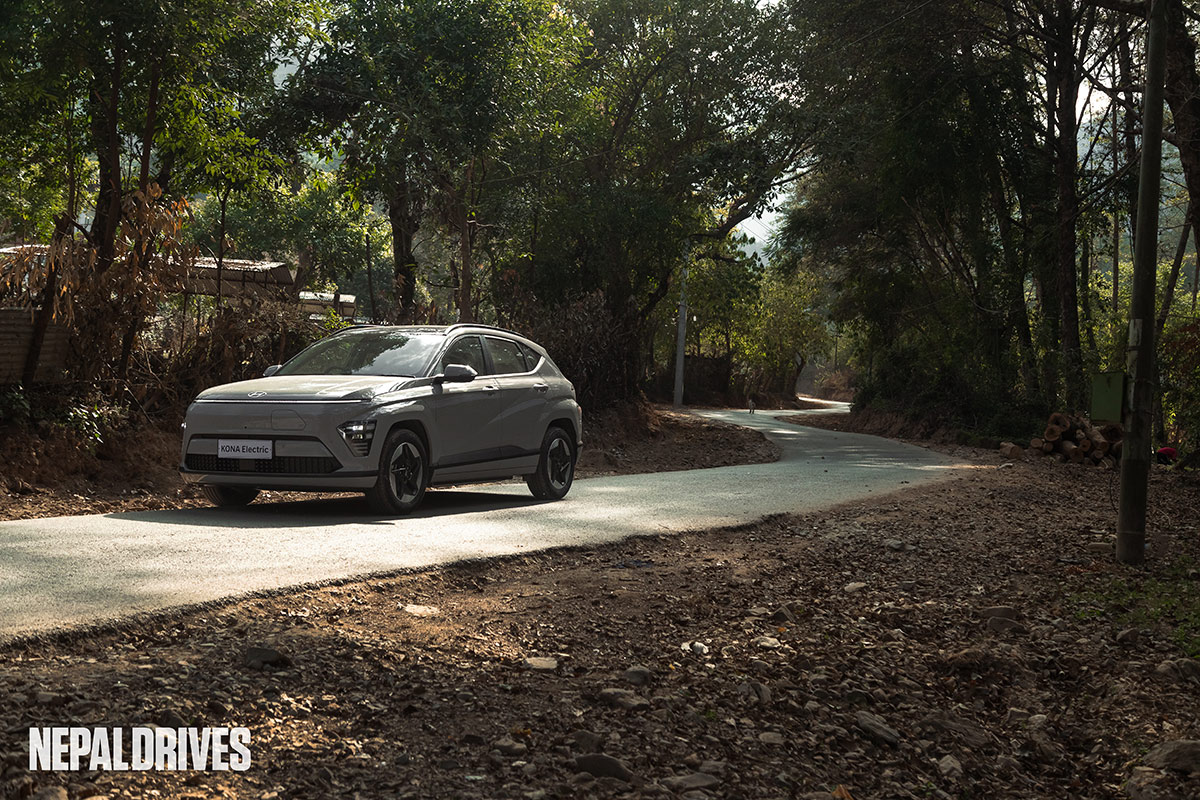
From the side, the Kona Electric really grabs your attention. Hyundai has gone all-in on sharp lines and creases, and the more you look, the more details you notice. A sharp crease starts at the headlights and flows through to the door handles, while another rises from the rear wheel arch and connects to the taillights.
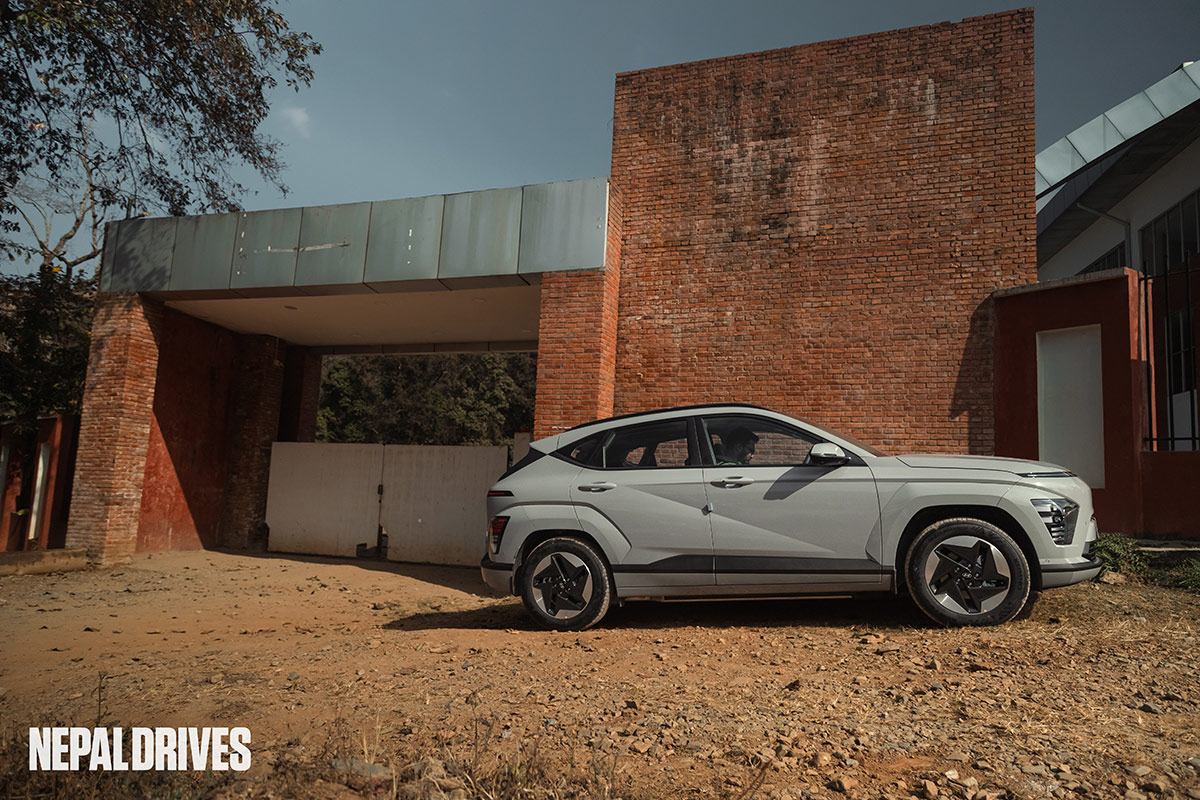
Even the window line sweeps up and meets the trim under the spoiler. At first glance, it might seem a bit much, but it all starts to come together the longer you look. The flared wheel arches give it a muscular stance, but the 17-inch wheels feel a bit small for a car of this size.
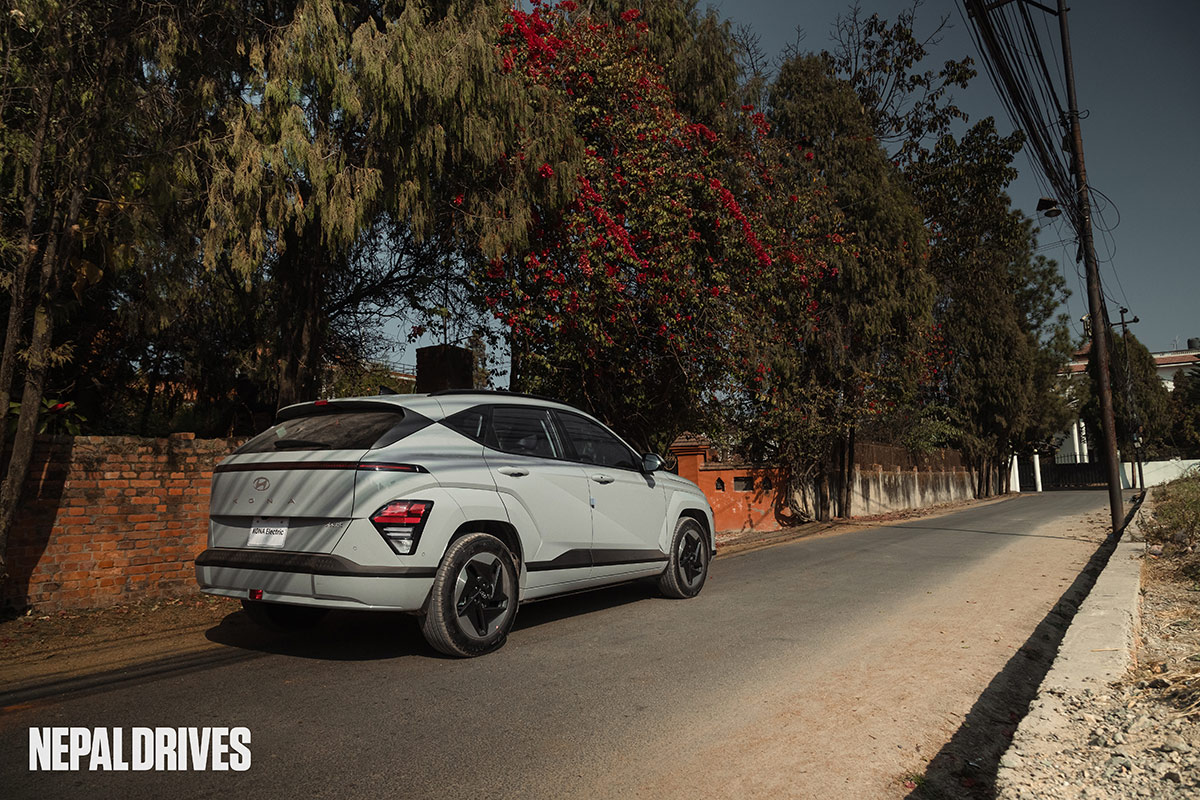
At the back, the Kona mirrors its front design with another LED light bar running across the tailgate. The angular taillights echo the headlights’ design, tying everything together nicely. There’s a big Hyundai logo in the center and the word “KONA” spelled out just below it. It’s a clean, polished look that doesn’t feel overdone.
Overall, the Kona Electric’s design feels well thought out. It has a bold personality without shouting for attention, and while some parts might feel a little busy, it all comes together in a way that feels modern and fresh.
These days, most car interiors are all about big screens and barely any buttons.
While they might look sleek and modern, you have to use them with one eye on the road and the other squinting at the screen, which can be a real pain while driving and, god forbid, fatal at times. That’s where the new Hyundai Kona Electric stands out—it’s one of the easiest cabins to operate in the EV world right now. Many drivers, reviewers, and even regular car buyers have complained about how frustrating it is to lose physical buttons, and Hyundai has clearly been listening.
Inside the new Kona Electric, we counted over 50 buttons, knobs, and switches, and honestly, it’s refreshing. Everything you need has a dedicated control—press, twist, or flip, and you’re done. There’s no poking around on a screen while trying to keep your eyes on the road. Hyundai has managed to make all these buttons look good, too, giving the interior a cool retro-futuristic vibe that’s both functional and stylish.

The cabin also has two 12.3-inch screens—one for the driver’s display and the other for the infotainment system. The infotainment screen supports wireless Apple CarPlay and Android Auto, and there’s a wireless charging pad to keep your phone powered on the go. The tech feels modern but doesn’t take over the whole dashboard, which is a nice balance.
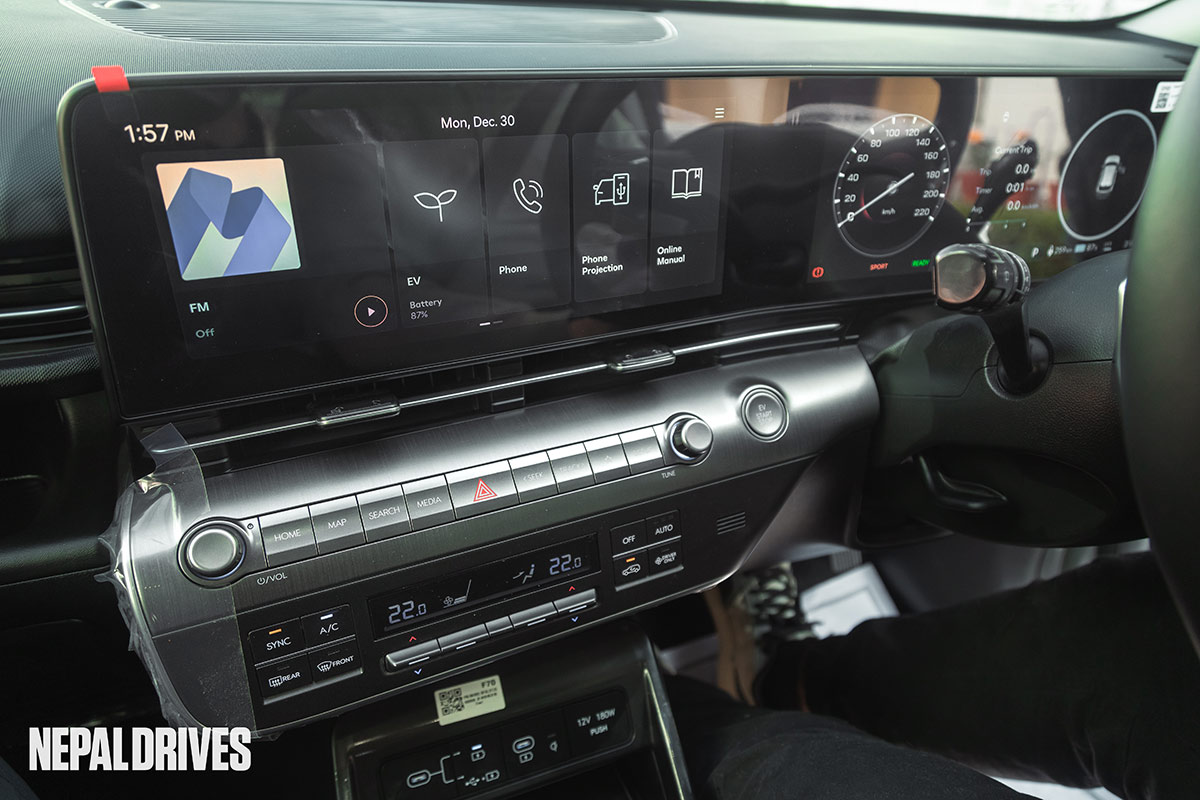
As for the rest of the interior, the all-black color scheme gives it a sleek look, and the materials feel solid and well-made. The driver’s seat is fully adjustable with electronic controls and lumbar support, making it easy to get comfortable. Taller drivers—over 6 feet—can also find a good position, but that might eat into the legroom of passengers sitting behind. Speaking of the back, the rear bench can fit three average-sized adults comfortably for longer trips.
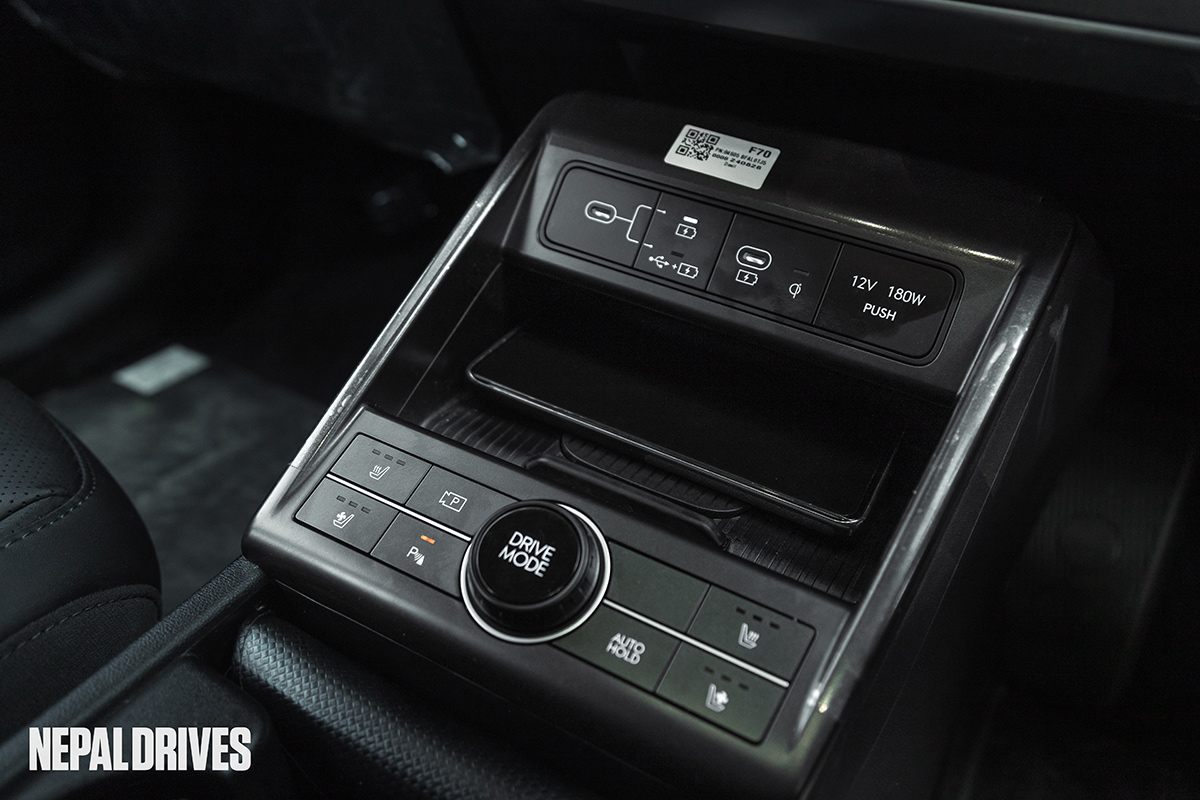
Even though the new Kona Electric is bigger on the outside, the interior doesn’t feel as roomy as some of its competitors. Still, with its thoughtful design, practical features, and focus on usability, the Kona Electric’s cabin is a great place to be, whether you’re driving or just along for the ride.
A quick drive through the city
gave us a good feel for what the new Hyundai Kona Electric has to offer, and it’s clear it’s taken a step up from its predecessor. The larger size and wider track make it feel more stable and confident on the road. It sits nicely on the tarmac, and the thicker tires do a great job of soaking up bumps and rough patches, making the ride smoother. The disc brakes on all four wheels are impressive, too, giving you plenty of stopping power when you need it.

When it comes to power delivery, the Kona Electric feels smooth and easy to drive, but we can’t help feeling it could use just a little more kick. While we didn’t have access to official specs during our test, the car felt slightly underpowered in certain situations. Based on our driving experience, we think just a bit more power would make it spot-on. That said, the handling is fantastic—it turns quickly, feels planted, and has a suspension setup that’s both cushy and comfortable, perfect for city driving.
During our test, the car started with 97% battery, showing a range of 315 km on the meter. After driving it around for a couple of hours, we believe the Kona Electric can comfortably cover 300 km with a calm, mature driver at the wheel. If you like to drive more aggressively, you’re looking at a range closer to 250 km.
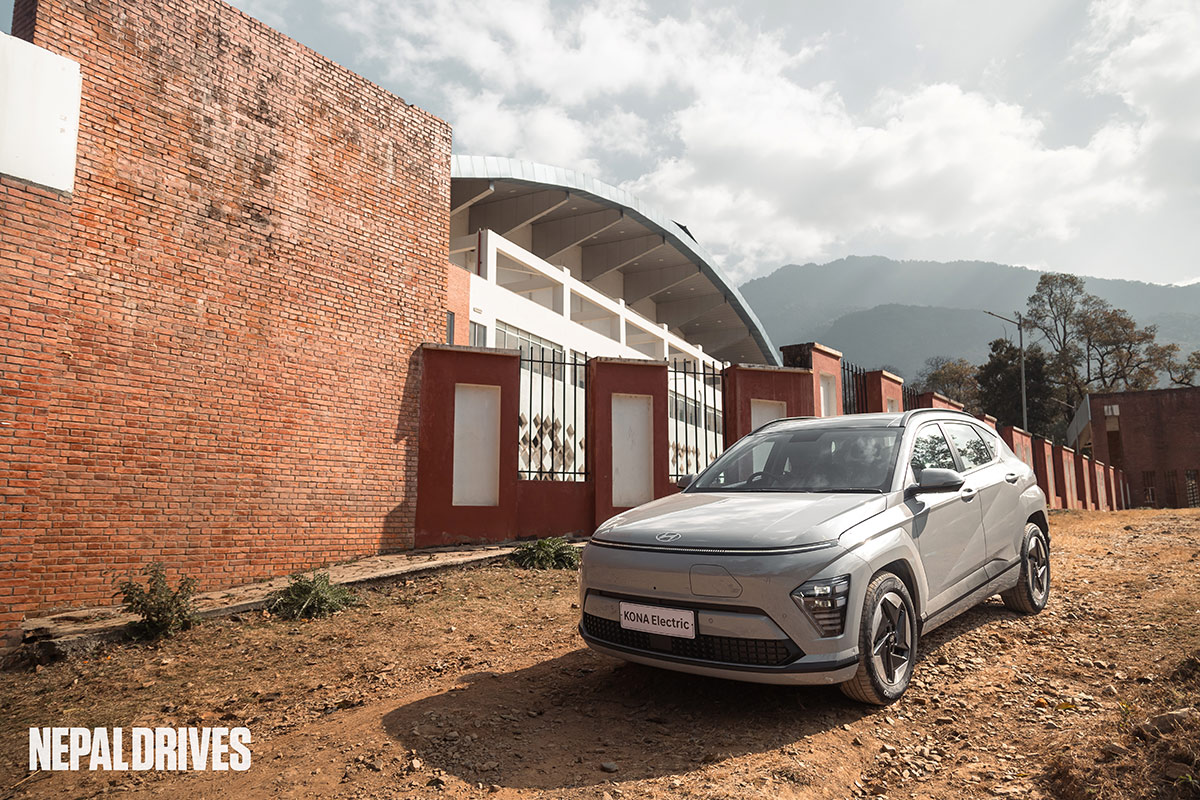
Overall, the new Kona Electric is a solid performer in the city. It’s stable, comfortable, and easy to handle, making it a great option for urban driving. With just a touch more power, it could go from good to great. For now, it’s a car that does almost everything right.
After spending some time with the new Hyundai Kona Electric,
it’s clear that this car has the potential to be a great fit for the Nepali market. The Kona offers a fantastic balance of practicality, comfort, and design—qualities that make it well-suited for the unique driving conditions and urban landscapes we have here. The cabin is refreshingly easy to operate, with physical buttons that many other EVs have moved away from, and the driving experience is confident and comfortable, especially in the city. The smooth power delivery, while a bit on the lower side, is still more than enough for everyday driving, and the range is solid for most users.
However, there’s no ignoring the fact that the Chinese EVs have stormed ahead in the market, offering impressive features and competitive prices that have captured the attention of Nepali buyers. The Chinese brands are currently leading the pack, and Hyundai has its work cut out to catch up.
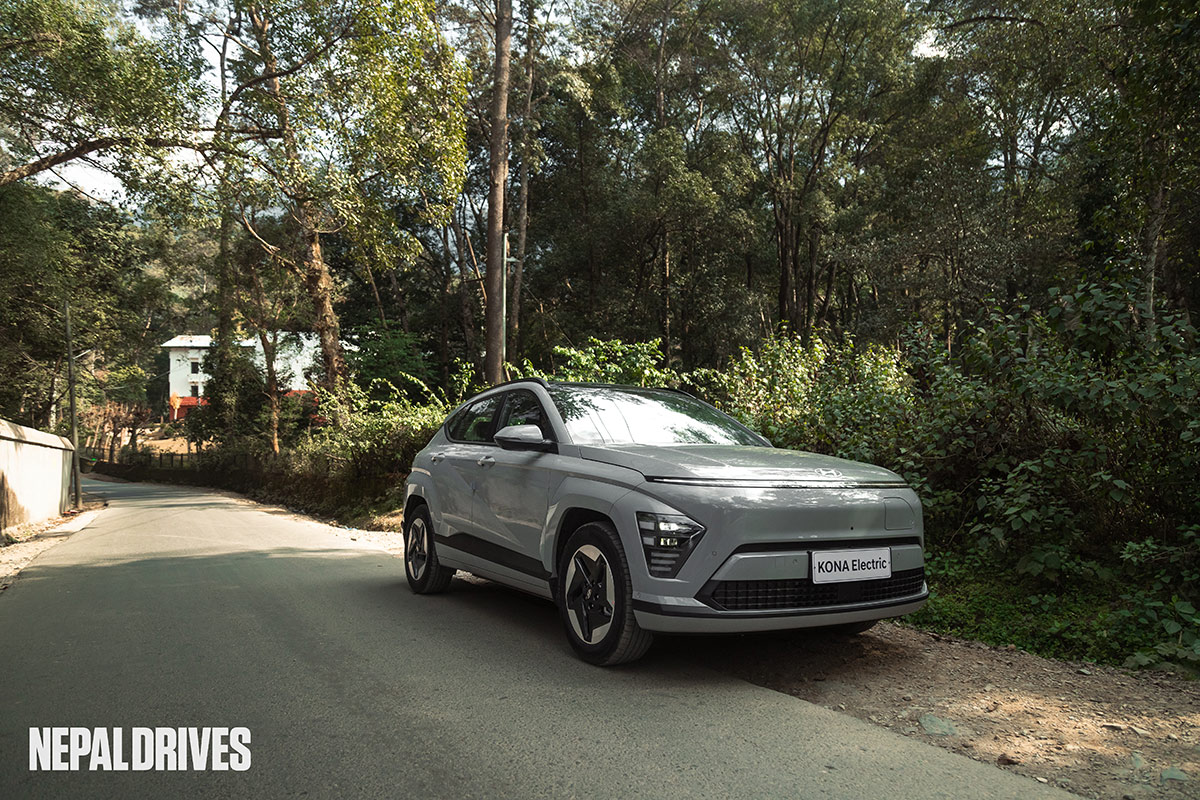
If Hyundai decides to bring the Kona Electric to Nepal and prices it right, though, they still have a real chance to make a dent in the market. With its reliable performance, comfortable interior, and modern and practical design, the Kona could offer an appealing alternative to the Chinese competition.
In the end, while the Chinese have a head start, the Kona Electric has the right ingredients to be a strong contender if Hyundai plays its cards right. It may not be the first choice for power-hungry drivers, but for those looking for a well-rounded, easy-to-drive EV, it could be a perfect fit for Nepal.



